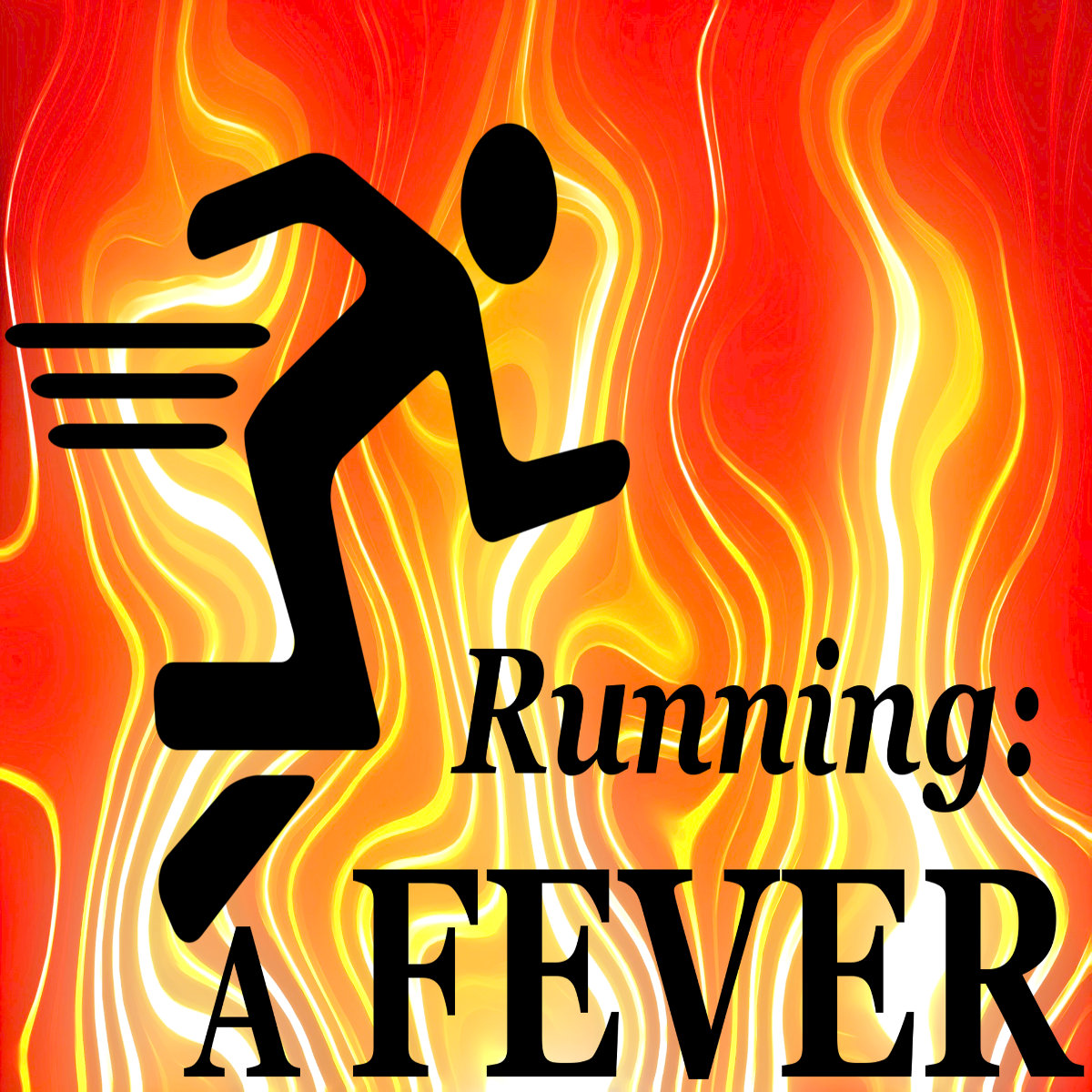Welcome to the 3rd in our 17-part series on dementia. About 50 million people suffer from dementia worldwide. It is a debilitating disease, but it may be preventable. So I’ve set out to learn as much as I can and bring you along with me.
There are many illnesses that can lead to dementia. Definitely more than 20. I recommend that you start at the show notes and look at my references, which will lead you to more resources. This is found at RunningAFEVER.com/226.
I’m going to cover several major types of dementia so we can better understand the types of conditions that can lead to cognitive impairment.
Alzheimer’s Disease. Named after Dr. Alois Alzheimer, who first discovered plaques in the brain of a woman who died with dementia. This is the most common type, accounting for 60-80 % of all dementia cases. It is characterized phsically by these plaques in the brain which prevent synapses from communicating. Not only is it the leading cause of cognitive impairment, but it is also the 6th leading cause of death in the United States.
Vascular Dementia is 2nd most common. It is caused by damage or blockage of blood vessels, preventing delivery of sufficient oxygen to the brain. Onset can be sudden, preceded by a stroke, or gradual due to a number of successive mild strokes. An unsteady gait and problems with urination can signal that a person is suffering from this vascular form. Other symptoms are similar to most forms of dementia, including confusion, memory loss, slowed thinking, and trouble with problem solving.
Frontotemporal Dementia is really a whole subset of disorders. Anything which causes damage to the nerve cells located in the frontal lobe and the temporal lobe of the brain. The frontal lobe is the largest area of the brain. Things like short-term memory, reward process, planning, motivation, basically some very important stuff. Damage can result in radical changes to a sufferer’s personality.
Lewy Body Dementia. This term includes 2 subtypes, one of them associated with Parkinson’s disease. very little is known about it, though it affects over a million people in the US.
Mixed Dementia. As the name suggests, people with this type suffer from more than one type or cause of dementia. The most common is Alzheimer’s and Vascular, which makes sense since they are the 2 top types.
I’ll just list some of the other types of dementia or disorders that that can lead to these symptoms:
Alexander disease
Canavan disease
Cerebrotendinous xanthomatosis
Dentatorubral-pallidoluysian atrophy
Epilepsy
Fatal familial insomnia
Fragile x-associated tremor/ataxia syndrome
glutaric aciduria type 1
Krabbe’s disease
Maple syrup urine disease
Niemann-Pick disease type C
Neuronal ceroid lipofuscinosis
Neuroacanthocytosis
Organic Acidemias
Pelizaeus-Merzbacher disease
Sanfillippo syndrome type B
Urea cycle disorders
And many many more.
This topic is huge. You can see we have our work cut out for us if we want to learn about, avoid, or help find a cure for this problem. I think it will be worth the effort.
In the next part we’ll tackle the #1 type of dementia, Alzheimer’s. So stick with me.
References:
Outsmart Dementia. (2020). The latest tools for controlling cognitive health — preventing dementia and Alzheimer’s disease. Morton Grove, IL: Publications International, Ltd.
https://en.wikipedia.org/wiki/Dementia
https://en.wikipedia.org/wiki/Lewy_body_dementia
https://en.wikipedia.org/wiki/Frontal_lobe
